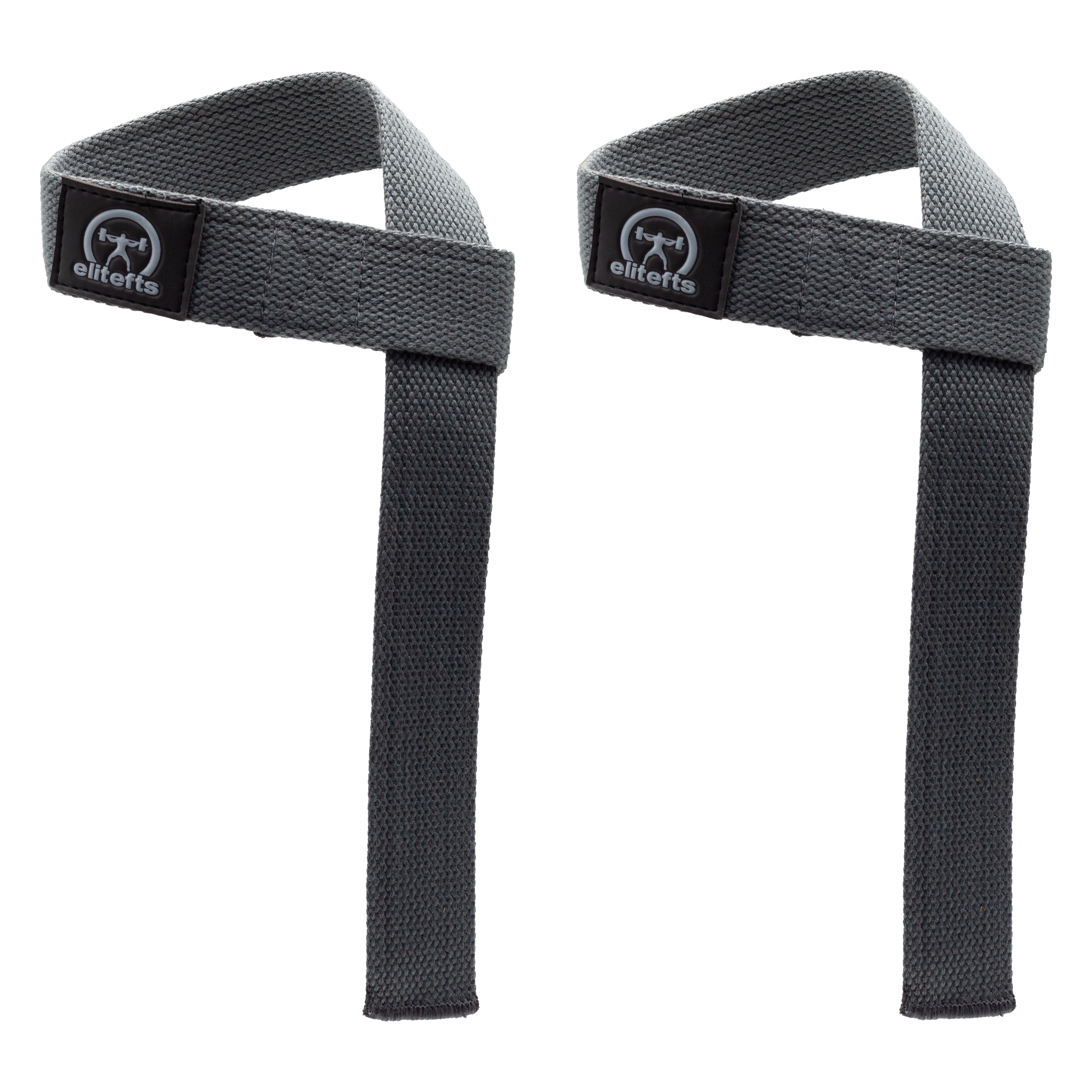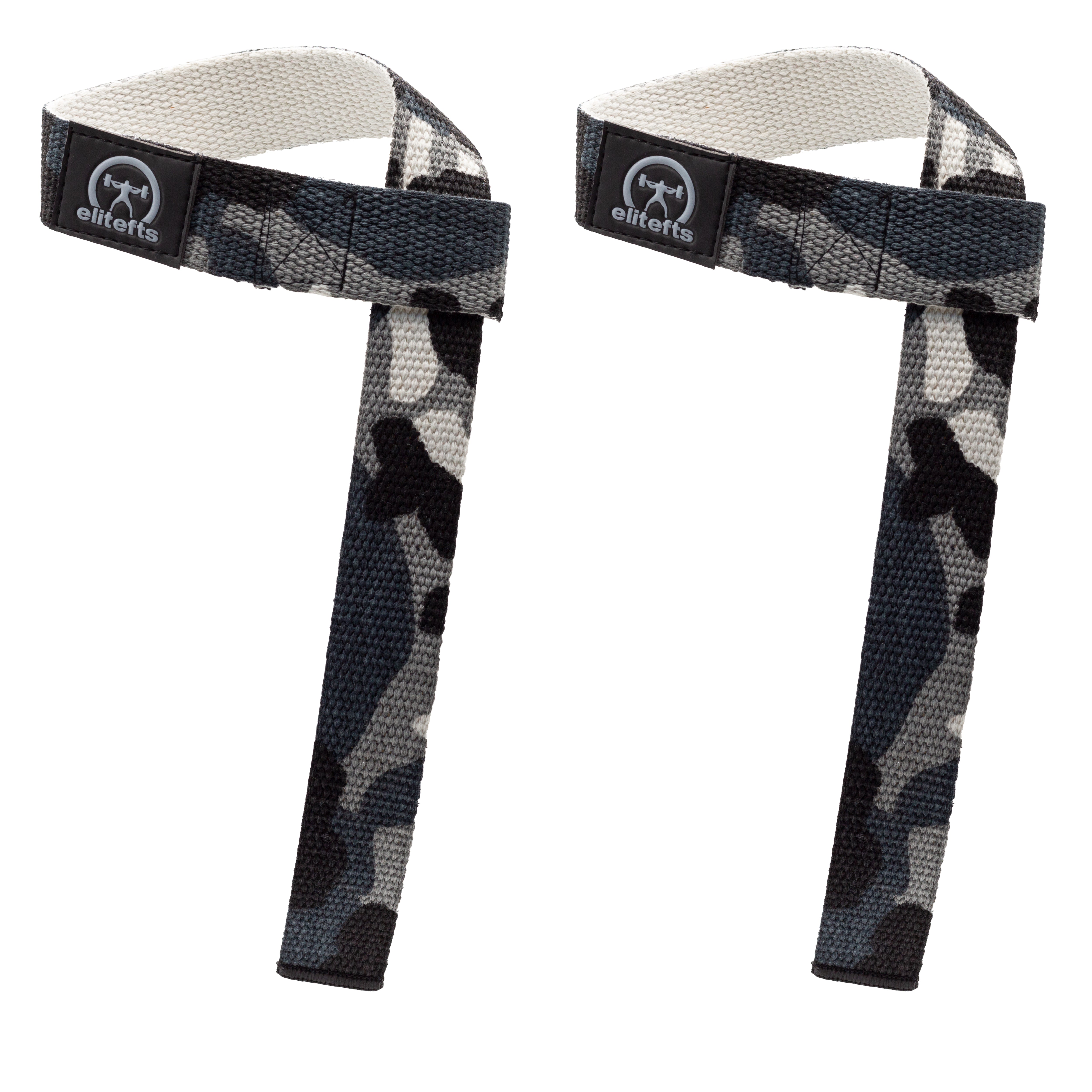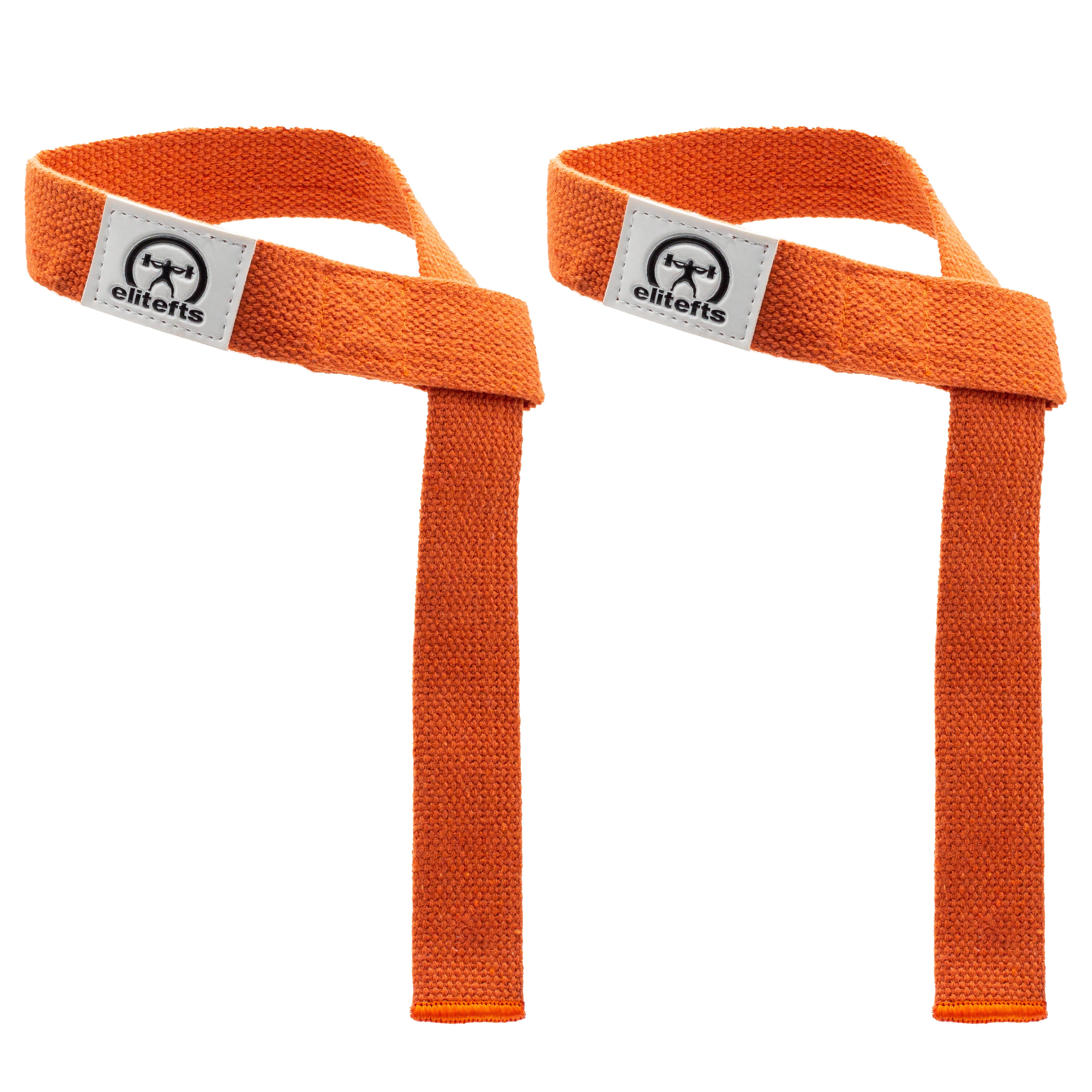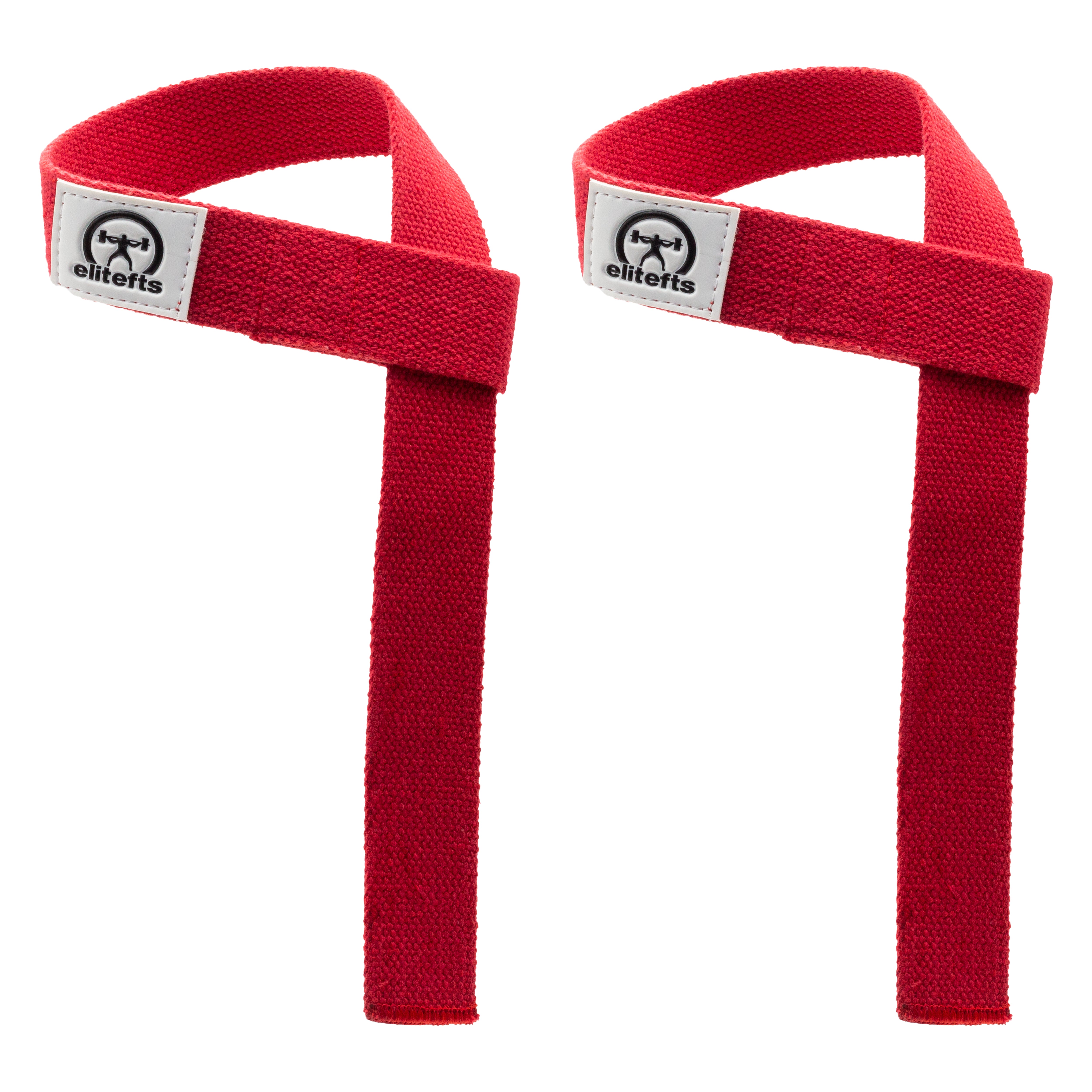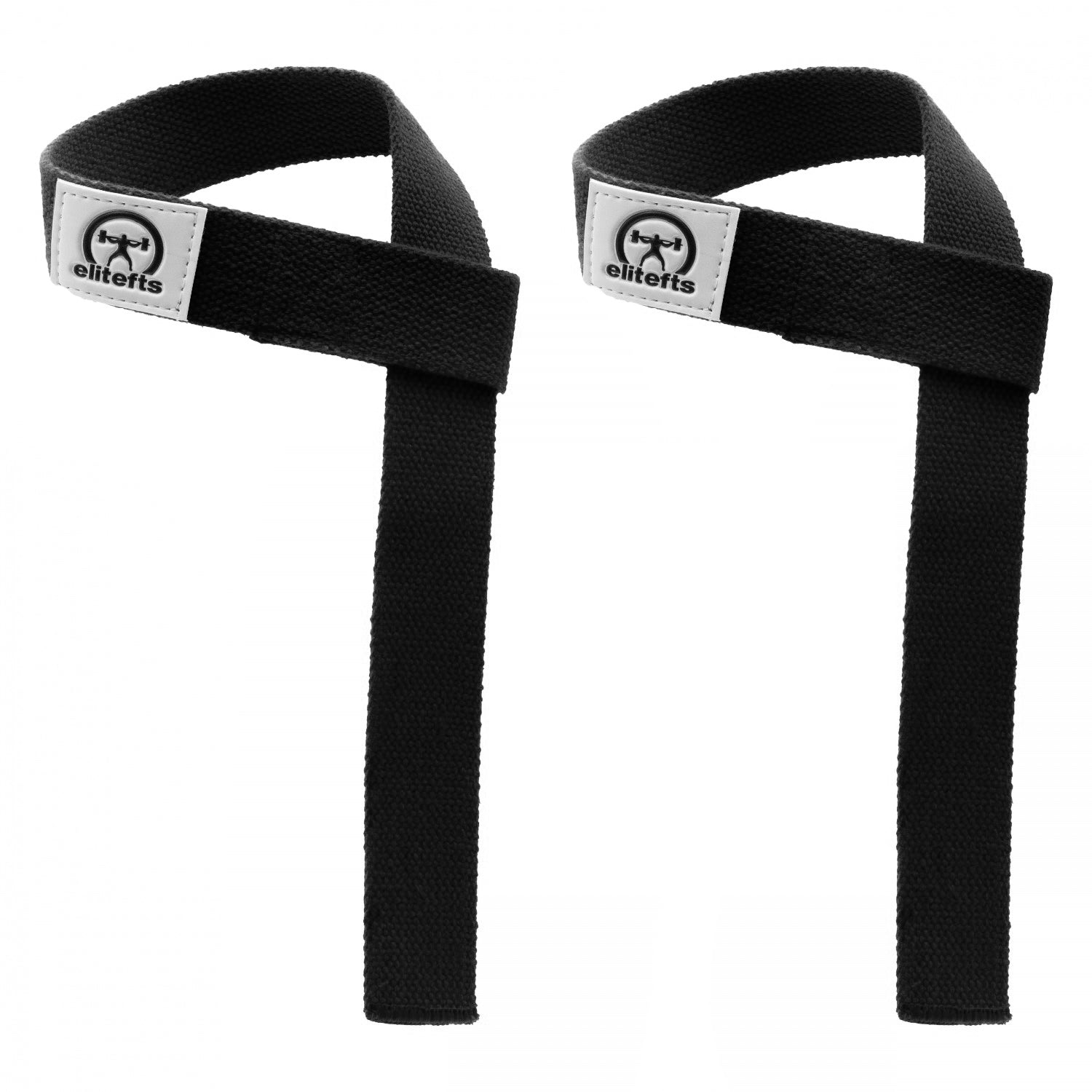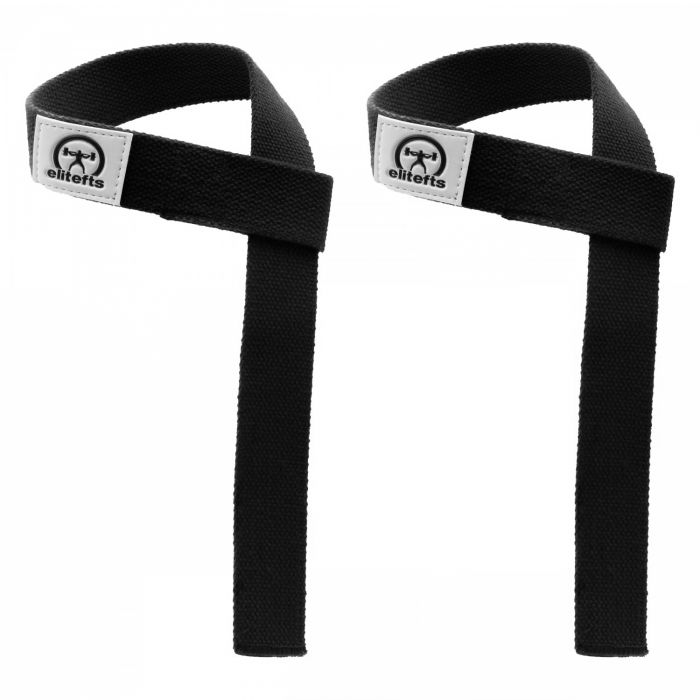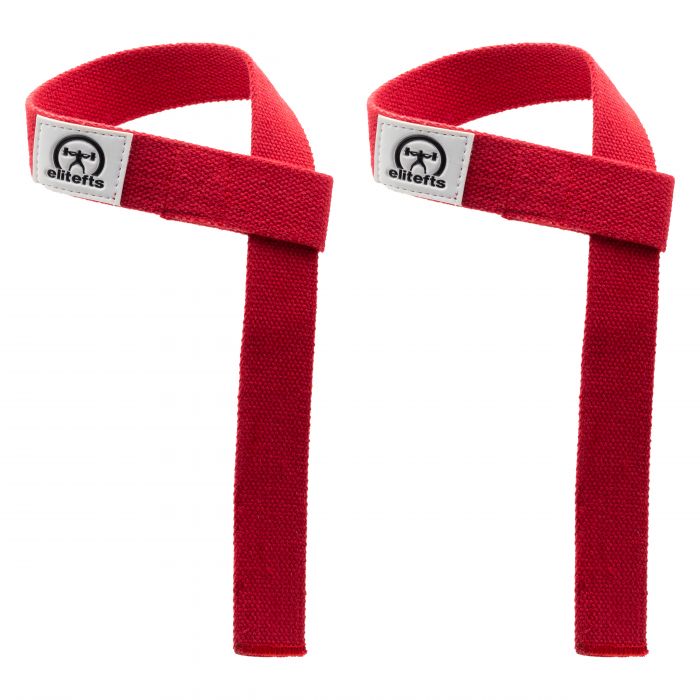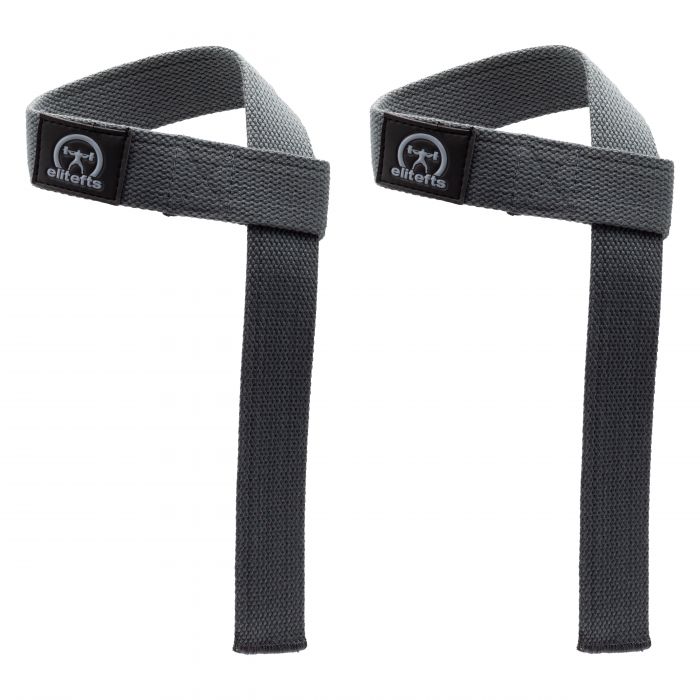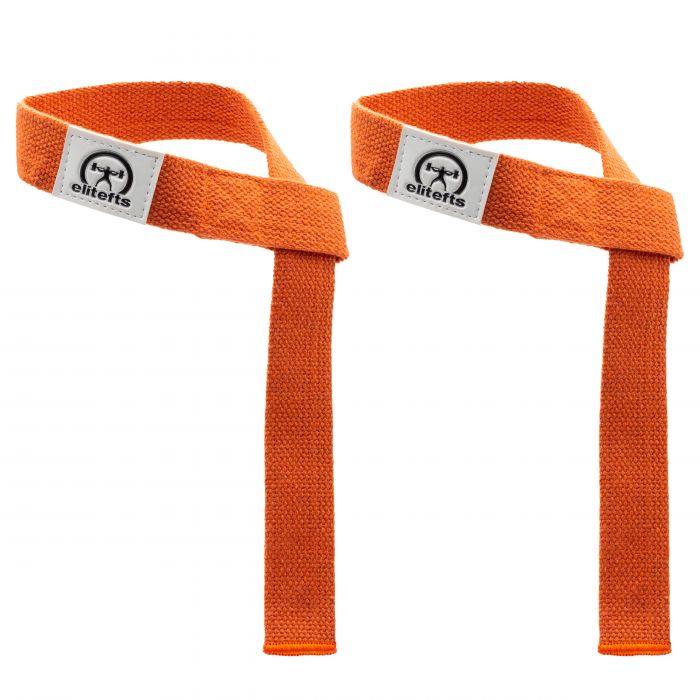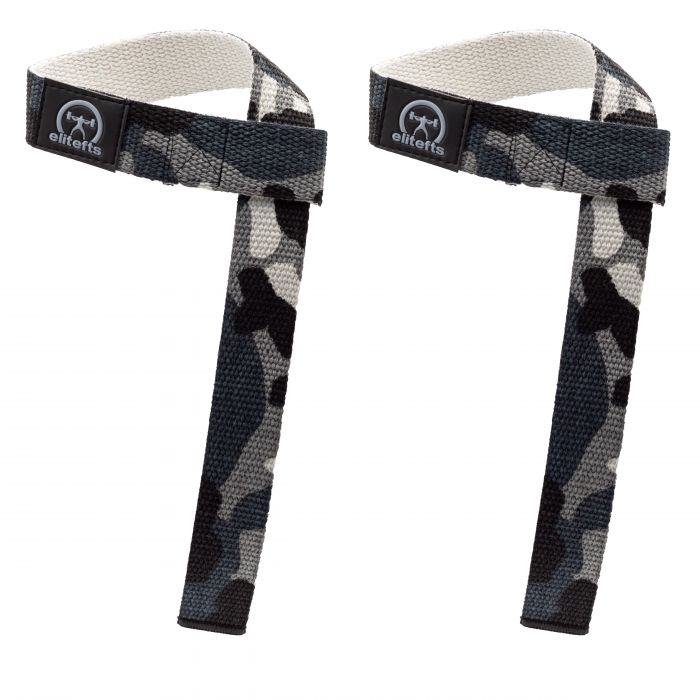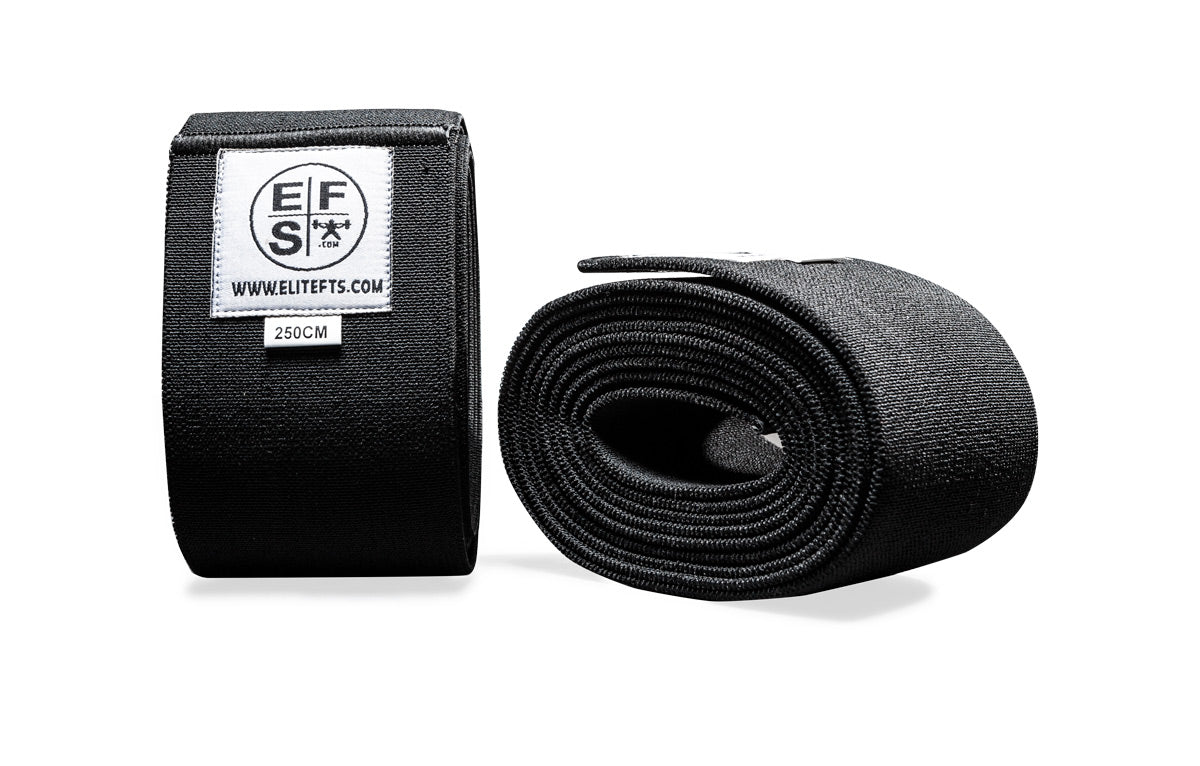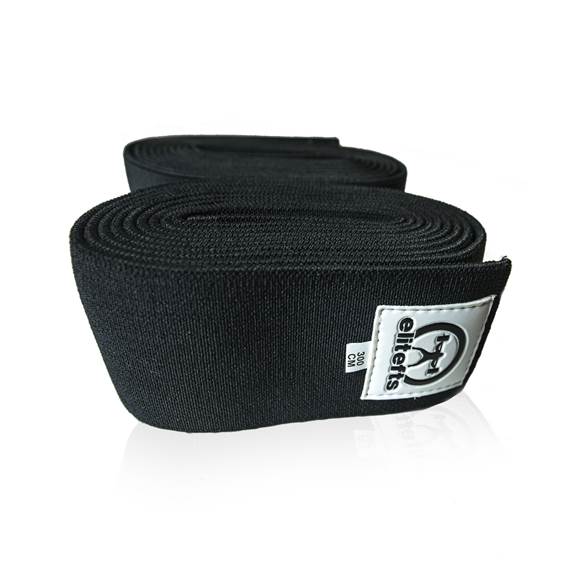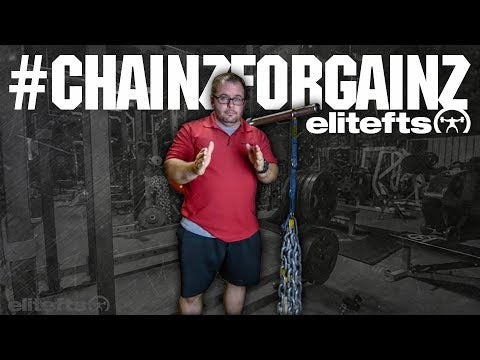Dave Tate:
My Top 10 Bars 1.Texas Power Bar 2.
Texas Deadlift Bar 3.
Texas Squat Bar 4.
Safety Squat Yoke Bar 5.
Multi-Grip Swiss Bar 6.
Rackable Cambered Squat Bar 7.
Fat Bar EZ Curl Bar 8.
Fat Bar - El Gordo 9.
Rackable Spider Bar 10.
Shoulder Saver Bar Kenny Patterson: Fat Bar - El Gordo. Believe it or not, when we bench with this bar it helps take the pressure off of my torn rotators. I don't know why, but it does. I wouldn’t be able to bench otherwise due to the pain. Jim “Smitty” Smith: Bar: SS Yoke Bar Exercises: Squats Good Mornings Step-ups Zercher Squats Zercher Good Mornings Zercher Rack Extensions (various heights) Zercher Walks Zercher Step-ups Why I like it: It’s a form check, and it reveals weaknesses. The positioning of the bar forces you to have good form. If you dip forward on squats, it will pull you down! You have to stay upright with good form. Also, the pad is really comfortable when you wrap your arms around it for Zercher movements. Bar: Multi Grip Swiss Bar Exercises: Bench Press (various grips) Floor Press Incline Press Tricep Extensions Curls Curl to Press Military Press Clean and Press Straight Leg Sit-ups with Bar Overhead Bent Over Rows Grappler Press
http://www.viddler.com/explore/smittydiesel/videos/1/ 45-Degree Retractions Why I like it: The neutral hand position helps keep the elbows strong and allows a full lockout for overhead movements. The different hand positions fit various lifters. Jim Wendler: SS Yoke Bar I love using this bar for lunges and good mornings. Not having to put my hands on the bar and keeping the stress down allows me to do these exercises without compromising my bench press. When using a straight bar, I tend to place the bar lower on my back, which leads to using more weight (but more shoulder stress). The SS Yoke Bar allows me to use a higher bar position, which taxes my legs more during lunges and hamstrings during the good mornings. Trap Bar I love using this bar with people who are just learning how to lift. It's easy to get them in position and get them to maintain that good lower back arch. A couple of sets of 10 reps with this bar will murder your traps, too. This is a great main lift for anyone looking to increase their lower body strength. Texas Power Bars (Deadlift, Squat and Power Bar) These are a staple of any serious weight room. There are a couple of things you should never skimp on when building your weight room, and the bar that you hold in your hands, over your face/head and on your back is one of them. These bars are built to last and built for lifting weights. If you don't have these bars, get them now. Josh McMillan: Texas Deadlift Bar I use this bar for all my deadlift workouts – anything from stiff-leg deadlifts to traditional stance, platform deads, and rack pulls. I like this bar for deadlifts, because if you get a good enough pull off the bottom it will whip nicely, which helps out. I work this bar with my deadlift movements into my program generally every other week. Rackable Cambered Squat Bar Use this bar for suspended cambered bar good mornings (suspended by chain at around 90 degrees). This bar works great for my suspended good mornings, and it really works your lower back, glutes and hamstrings. This bar makes it tough because of how the weight is distributed. I work this bar into my program every 3-4 weeks for heavy sets of 3 reps. Matt Kroczaleski: I have used the safety squat bar to maintain lower body strength while training around upper body injuries. Whenever I’ve had some type of surgery or injury that has prevented me from being able to hang onto or grip a squat bar for squatting, good mornings – or any other exercise where you have the bar across the back of your shoulders – the safety squat bar has allowed me to continue squatting (or performing whatever other exercise I wanted) so I could continue to build my lower body strength while my injury was healing. Matt Rhodes: SS Yoke Bar
- Good Mornings
- Shrugs
The spider bar. I've never used it before. This thing is a beast. It's like the giant cambered bar on steroids. A couple things I noticed - 1. You cannot push up on the handles like you can with the safety squat bar... If you do, you're all over the place. 2. It's harder to keep your upper back tight, so it really forces you to focus on that. 3. Great for people who have shoulder issues. I don't, but this would be very helpful to give the shoulders a rest. 4. It's TOUGH. This bar will humble you, but don't let that deter you from using it or getting it. It will force you to stay tight and do things right. Getting stronger with this bar will get you stronger everywhere else. Jo Jordan: SS Bar
- Suspended Good Mornings vs. bands/chains
- ME Squat vs. bands/chains
- Floor Presses
- Hammer Curls






































































